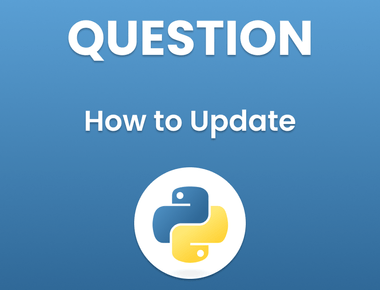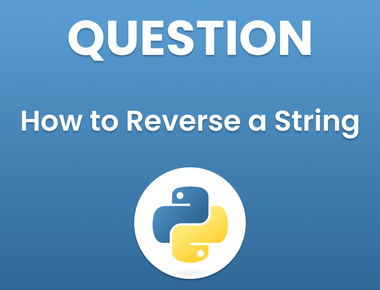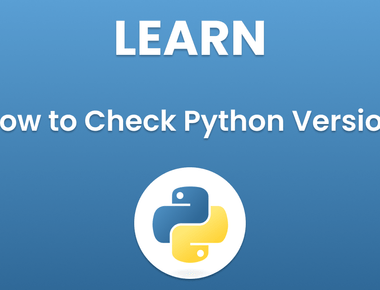Table Of Contents

Python is a high-level programming language that provides several built-in functions and methods to perform various mathematical operations. One of the common mathematical operations that programmers need to perform while working on data-related projects is rounding. Rounding refers to the process of reducing the number of decimal places in a number. In this article, we will discuss how to round in Python.
What is Rounding?
Rounding is the process of reducing the number of decimal places in a number. It is usually done to make the number more manageable or to provide a more simplified representation of the number. For example, if we have a number with many decimal places, we might want to round it off to a certain number of decimal places to make it easier to work with.
Types of Rounding
There are different types of rounding methods that are commonly used. These include:
Round Half Up
This method rounds the number to the nearest integer. If the decimal is 0.5 or greater, the number is rounded up. If the decimal is less than 0.5, the number is rounded down.
Round Half Down
This method rounds the number to the nearest integer. If the decimal is 0.5 or greater, the number is rounded down. If the decimal is less than 0.5, the number is rounded up.
Round Half Away from Zero
This method rounds the number to the nearest integer. If the decimal is positive, the number is rounded up. If the decimal is negative, the number is rounded down.
Round to Even
This method rounds the number to the nearest even integer.
Rounding in Python
Python provides several built-in functions to perform rounding. Let’s take a look at some of them.
Round()
The round() function rounds a number to a specified number of decimal places. If no decimal places are specified, the function rounds the number to the nearest integer.
num = 3.14159print(round(num)) # Output: 3print(round(num, 2)) # Output: 3.14
ceil()
The ceil() function rounds a number up to the nearest integer.
import mathnum = 3.14159print(math.ceil(num)) # Output: 4
floor()
The floor() function rounds a number down to the nearest integer.
import mathnum = 3.14159print(math.floor(num)) # Output: 3
trunc()
The trunc() function removes the decimal part of a number.
import mathnum = 3.14159print(math.trunc(num)) # Output: 3
Conclusion
Rounding is a common mathematical operation that programmers need to perform while working on data-related projects. Python provides several built-in functions to perform rounding, such as round(), ceil(), floor(), and trunc(). By understanding these functions, you can perform rounding operations more efficiently in your Python code.
FAQs
- What is rounding in Python? Rounding in Python is the process of reducing the number of decimal places in a number.
- What are the different types of rounding methods? The different types of rounding methods include round half up, round half down, round half away from zero, and round to even.
- How can I round a number in Python? You can use the built-in round() function in Python to round a number to a specified number of decimal places.
- How can I round a number up to the nearest integer in Python? You can use the built-in ceil() function in Python to round a number up to the nearest integer.
- How can I round a number down to the nearest integer in Python? You can use the built-in floor() function in Python to round a number down to the nearest integer.
- How can I remove the decimal part of a number in Python? You can use the built-in trunc() function in Python to remove the decimal part of a number.
- Can I specify the number of decimal places while using the ceil() or floor() function in Python? No, the ceil() and floor() functions in Python always round the number up or down to the nearest integer, respectively. If you need to specify the number of decimal places, you should use the round() function instead.
- Can I use rounding in Python to perform financial calculations? No, rounding in Python should not be used for financial calculations where precision is important. This is because rounding can introduce errors in the calculations. Instead, you should use specialized libraries like Decimal or NumPy for financial calculations.
- Are there any other rounding functions available in Python? Yes, there are several third-party libraries available in Python that provide additional rounding functions, such as NumPy, Pandas, and Math.
Final Thoughts
Rounding is a common operation in data-related projects, and Python provides several built-in functions to make it easier to perform rounding. By understanding the different rounding methods and the built-in functions available in Python, you can perform rounding operations efficiently and accurately in your code. However, it’s important to keep in mind that rounding can introduce errors in certain types of calculations, so it should be used with caution.
Subscribe to our newsletter!
Quick Links
Legal Stuff
Social Media







